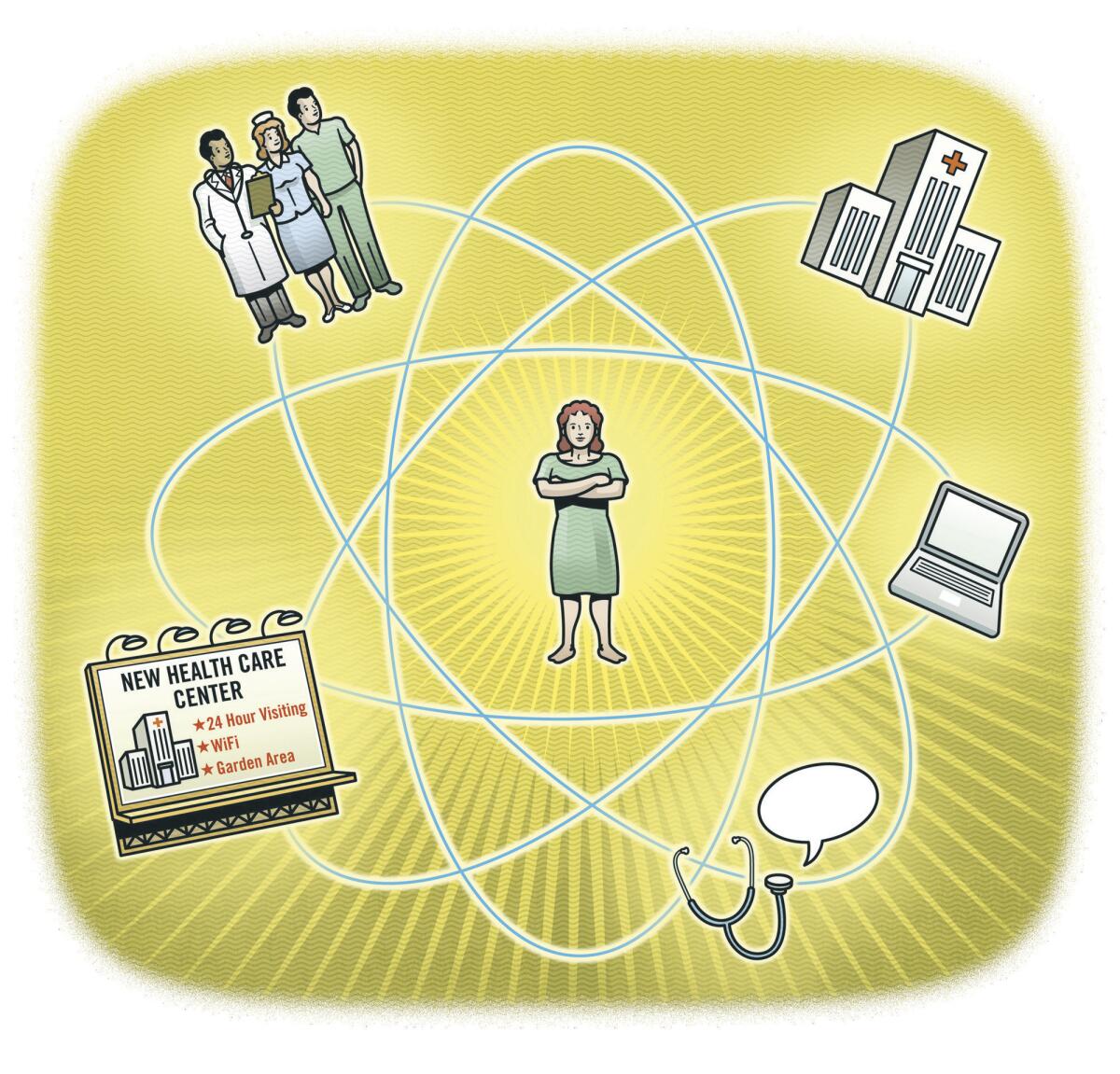The Starbucks syndrome in healthcare

âIn Scotland, death is considered imminent; in Canada, itâs considered inevitable. In California, death is considered optional.â
Ian Morrison, a Scottish-born futurist and healthcare consultant, was joking when he said those words. But not entirely. Substantial data support his point. Medicare statistics, for example, reveal that Los Angeles leads the nation in the amount of medical services provided during the last six months of a personâs life. Healthy seniors here are also big consumers of healthcare, getting about 65% more MRI studies and utilizing ambulances three times as often as seniors elsewhere. Commercial insurance data point to similar patterns in the healthcare of the younger population in Southern California.
What explains such avid use of medical services? There is plenty of blame to go around. Both physicians and patients in Los Angeles have contributed to a âmore is betterâ approach to healthcare that adds cost without necessarily leading to better outcomes.
Part of the problem is that Angelenos approach healthcare as they do other kinds of consumption. They expect their CT scans, when they want them, in much the same way they expect their decaf caramel extra hot low-fat macchiatos. Think of it as the Starbucks syndrome in healthcare.
Patient demands put doctors under considerable pressure. Consider just one example: A doctor I know recently submitted a referral for a costly MRI scan for a 46-year-old woman with a week of knee pain following an injury. As most knee pain resolves with time, national medical standards recommend four to six weeks of conservative therapy such as rest, anti-inflammatory medication and physical therapy before a scan. Had this patient failed a treatment trial? Was there evidence on her exam of an injury that might require surgery?
It turned out that the questions were never asked and her knee was never examined. The patient simply called her doctorâs office and requested the MRI. The doctor saved time and avoided a difficult discussion by going along. The patient saved a trip and got what she wanted. Just as she would have at Starbucks.
In the past, doctors in fee-for-service systems have been suspected of doing too much testing to generate more income. Now that networks track doctorsâ referral patterns and discourage unnecessary testing, patients worry about denial of services. Doctors can find themselves caught in a bind between anxious and demanding patients and insurance networks that expel doctors with inefficient practice patterns.
Conflicts over referrals â along with other hassle factors, such as oversight of prescribing patterns, malpractice concerns and falling fees â are probably contributing to the nationâs looming shortfall of primary-care doctors. Medical students look at their primary-care role models and say no thanks.
Is there a better way to do this, without limiting a patientâs choice or lowering the quality of healthcare? Two recent developments may go a long way toward answering this question.
First is the emergence of accountable care organizations, which have the goal of improving both patientsâ health outcomes and the efficient use of resources. Like an HMO, this new kind of care organization involves networks of doctors, hospitals and patients. ACOs allow for out-of-network consultations in a way HMOs donât, but the key difference is one of focus. ACOs are concerned primarily with outcomes. By carefully coordinating care among doctors and specialists and utilizing computerized medical records to identify the appropriate use of services, encourage preventive care and measure quality, the hope is these groups can provide better outcomes more efficiently.
The second major development is a new national project called Choosing Wisely. A joint initiative of Consumer Reports and the American Board of Internal Medicine, the program is aimed at encouraging both physicians and patients to carefully consider the wisdom of medical procedures. The program asks each of 25 medical sub-specialty societies to identify five commonly used tests or procedures that both patients and their doctors should question. When such procedures and tests are done without need, they are not just a waste of money; in some cases they may subject patients to additional risk without the potential to improve their health.
Choosing Wisely may also encourage âmedical citizenshipâ for doctors and patients. Like overwatering a lawn during a drought or driving a car billowing exhaust, wasting healthcare resources needs to be seen as harmful to the community.
Changing healthcare culture from âdo everythingâ to âdo what is medically indicated to provide the best outcomeâ wonât be easy. Doctors will need the courage to say no to tests and procedures that arenât supported by sound science. And patients need to understand that more isnât always better when it comes to healthcare. Bending the cost curve this way will challenge us both locally and nationally, but it can be done in a way that actually improves the quality of care. Thatâs a recipe for success that even Starbucks could sell.
Daniel J. Stone practices internal medicine in Beverly Hills.
More to Read
A cure for the common opinion
Get thought-provoking perspectives with our weekly newsletter.
You may occasionally receive promotional content from the Los Angeles Times.










